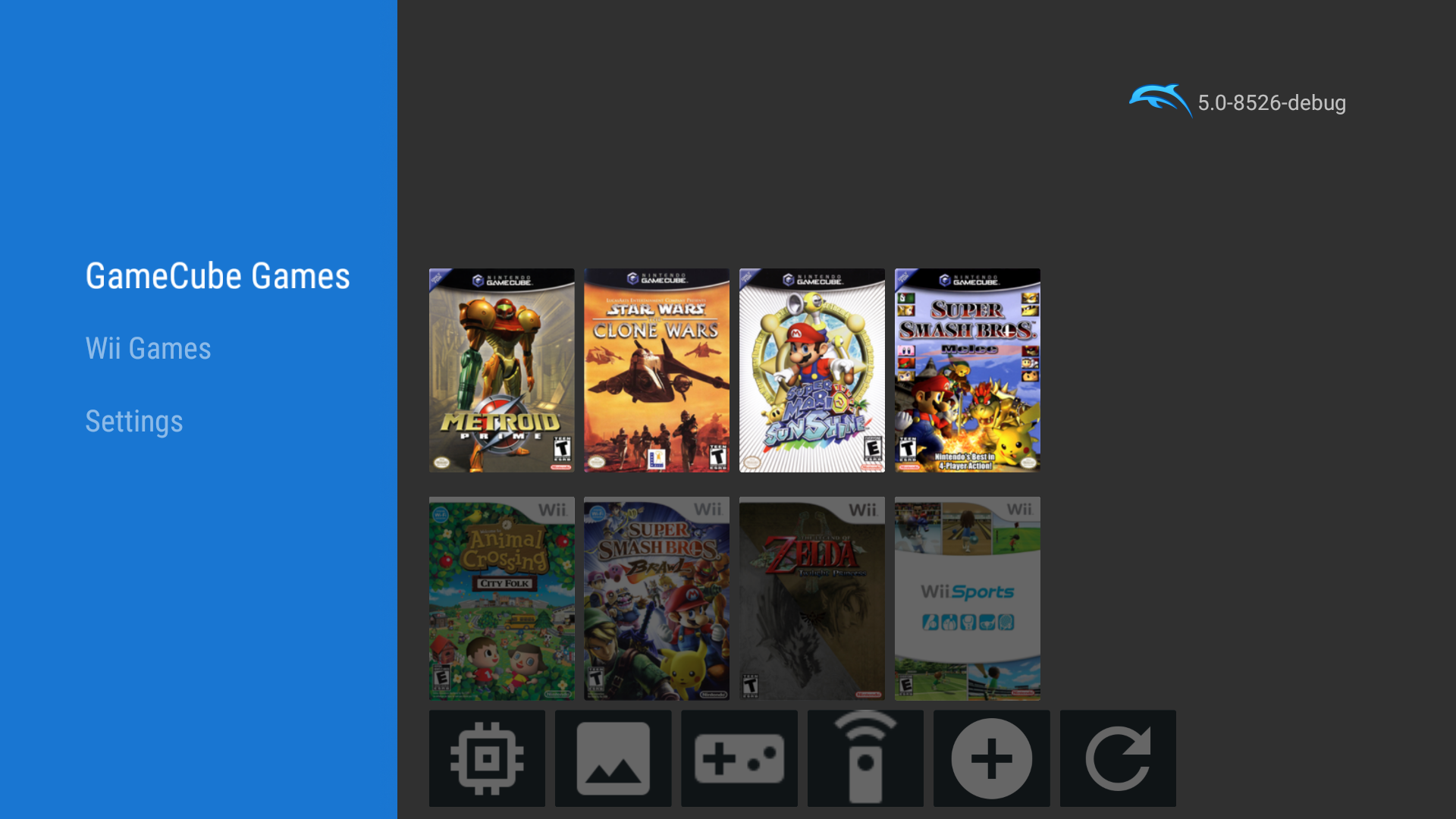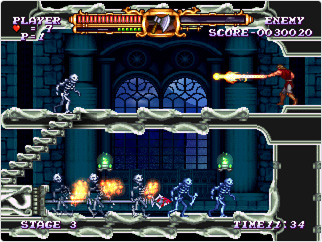

- #GRADIUS REBIRTH WAD INSTALL#
- #GRADIUS REBIRTH WAD UPDATE#
- #GRADIUS REBIRTH WAD CODE#
- #GRADIUS REBIRTH WAD SERIES#
Venom, which mentions that Antichthon's mother computer was now under the control of the Bacterians. A report was made by the Director General of the Space Science Agency, Dr. The planet Antichthon, a protectorate of the Gradian Empire, suddenly and mysteriously falls silent. This game takes place in the Gradian Year 6664, two years before " The Silent Nightmare Incident". The music is composed of remixed musics from previous Gradius games. The Power Meter and text display have also been updated. The sprite for the Vic Viper has been slightly changed along with the graphics for the Big Core boss. Graphically, Gradius ReBirth follows the style of Gradius Gaiden. The game features 5 different types of ships to choose from, and five stages in total, with each (except the first stage) having its own original boss at the end. Score Attack also supports online leaderboards. The game features two modes: a standard game with unlimited credits and a Score Attack mode where players are only given a single credit to beat the game.
#GRADIUS REBIRTH WAD SERIES#
Found on the Wii Backup Disc and referenced in System Menu 3.0.Gradius ReBirth is a side-scrolling 2D shooter much like previous Gradius games, and has been described as a "remix" of levels from past games rather than an entirely new game, heavily referencing the MSX series of games.
#GRADIUS REBIRTH WAD UPDATE#
Region free update partition, seen on early discs like Wii Sportsĭummy title ID used in channel installer partitionsĬontentTestD.wad. Update partition for factory titles ( RVL-CPU-01) Non-disc titles that use this title type are listed here. A partial list of example games and their IDs is found on the Disc based games page.
#GRADIUS REBIRTH WAD INSTALL#
Games found on retail game discs have Title-IDs starting with 00010000, or 00010004 if they install a channel. VWii only NANDLoader common for all titles, used as an Ancast Image to boot titles.Ī version of the Dragon Quest X apploader in Ancast format. Internally called: "GAMECUBE BOOTROM for REVOLUTION"Ġ0000007: vWii essential system titles Title IDģ versions per region have been released. GameCube compatibility IOS - active while GameCube games are being played on the Wii. Used to start GameCube games - sets Hollywood speed to 162MHz, loads boot2, which then eventually loads MIOS
#GRADIUS REBIRTH WAD CODE#
This title ID is used in the boot2 TMD it does not exist in /title.įirst PPC code to execute on the Wii during startup it is loaded into RAM by IOS and then bootstrapped with 6 instructions from the Hollywood chip. Information on those can be found in the IOS History page. In the table below are the essential System Titles excluding all IOS modules. Also used for promotional GameCube disks. (The System Channels use this, and so do all the ones you can buy in the Wii Shop) The following system codes are known to exist: Custom Channels (such as the Homebrew Channel) do not usually follow these codes, and no 00000001 titles use them (because they are unneeded). The system code is the first letter of the four-letter title ID (the first two digits in the second section in hexadecimal notation). System codes are used to determine what type of title it is.

Also used by DVDX v1-v6 and The Homebrew Channel versions 1.0.4 and earlier. Used by some WiiWare / Virtual Console titles. Japanese Import to USA and other NTSC regions. Japanese Import to Europe, Australia and other PAL regions.Īmerican Import to Europe, Australia and other PAL regions. Unofficially used by The Homebrew Channel 1.0.5 and newer. Zelda: A Link to the Past.įrench-speaking regions. Used by emulated games released in mainland China on the Nvidia Shield TV. System channels like the Mii Channel use it. The following region codes are known to exist:Īll regions. Essential system titles save for system "channels" with region specific information, do not use region codes. The region code is the last letter of the four-letter title ID (the last two digits in hexadecimal notation). Region codes are used to determine what region a title belongs to.


 0 kommentar(er)
0 kommentar(er)
